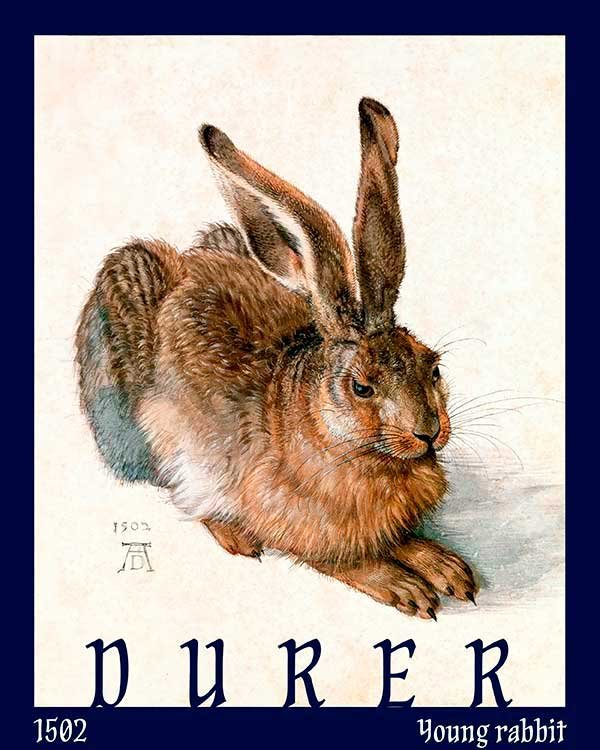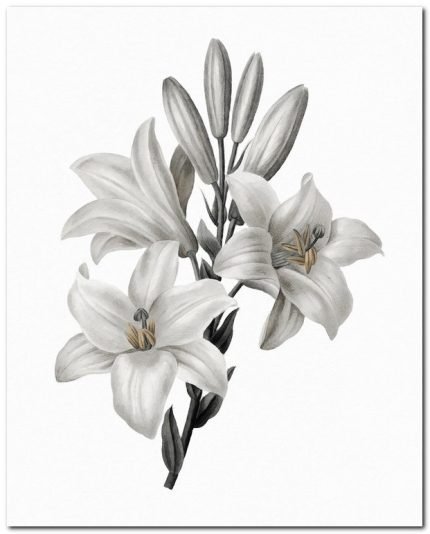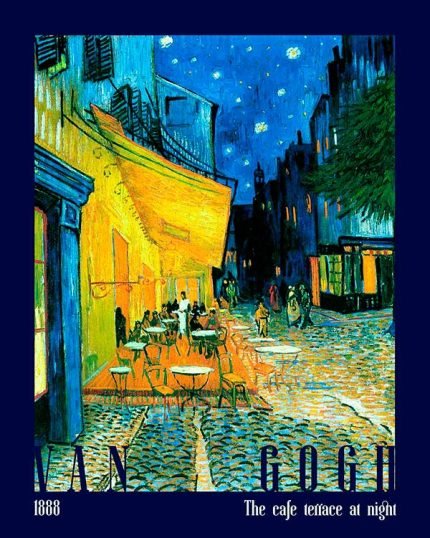Albrecht Dürer was a German artist known for his technical skill and attention to detail, and one of his most famous paintings is «Young Rabbit,» created in 1502.
The «Young Rabbit» is a watercolor and pencil painting on paper, and it is considered a masterpiece of naturalism. In the painting, Dürer depicts a young rabbit in remarkable detail, capturing the texture and detail of the animal’s fur, ears, and whiskers.
What is particularly remarkable about the «Young Rabbit» is the way in which Dürer uses light and shadow to create a sense of depth and three-dimensionality. The painting is full of subtle gradations of color, and the rabbit appears almost lifelike, as if it might hop off the paper at any moment.
Dürer’s attention to detail in the «Young Rabbit» is evidence of his interest in scientific observation and the natural world. The painting has been the subject of much study and speculation over the years, with some experts even using it as a tool for studying the biology and anatomy of rabbits.
Despite its small size, the «Young Rabbit» has had a significant impact on the history of art. It is considered one of the most important examples of naturalism in art, and it has influenced generations of artists who have sought to capture the beauty and complexity of the natural world.
In conclusion, Albrecht Dürer’s «Young Rabbit» is a masterpiece of naturalism and a testament to the artist’s technical skill and attention to detail. The painting captures the beauty and complexity of the natural world, and it continues to inspire and captivate art lovers around the world.





















Отзывы
Отзывов пока нет.